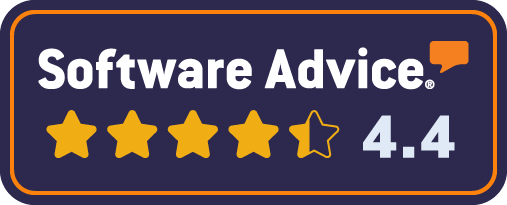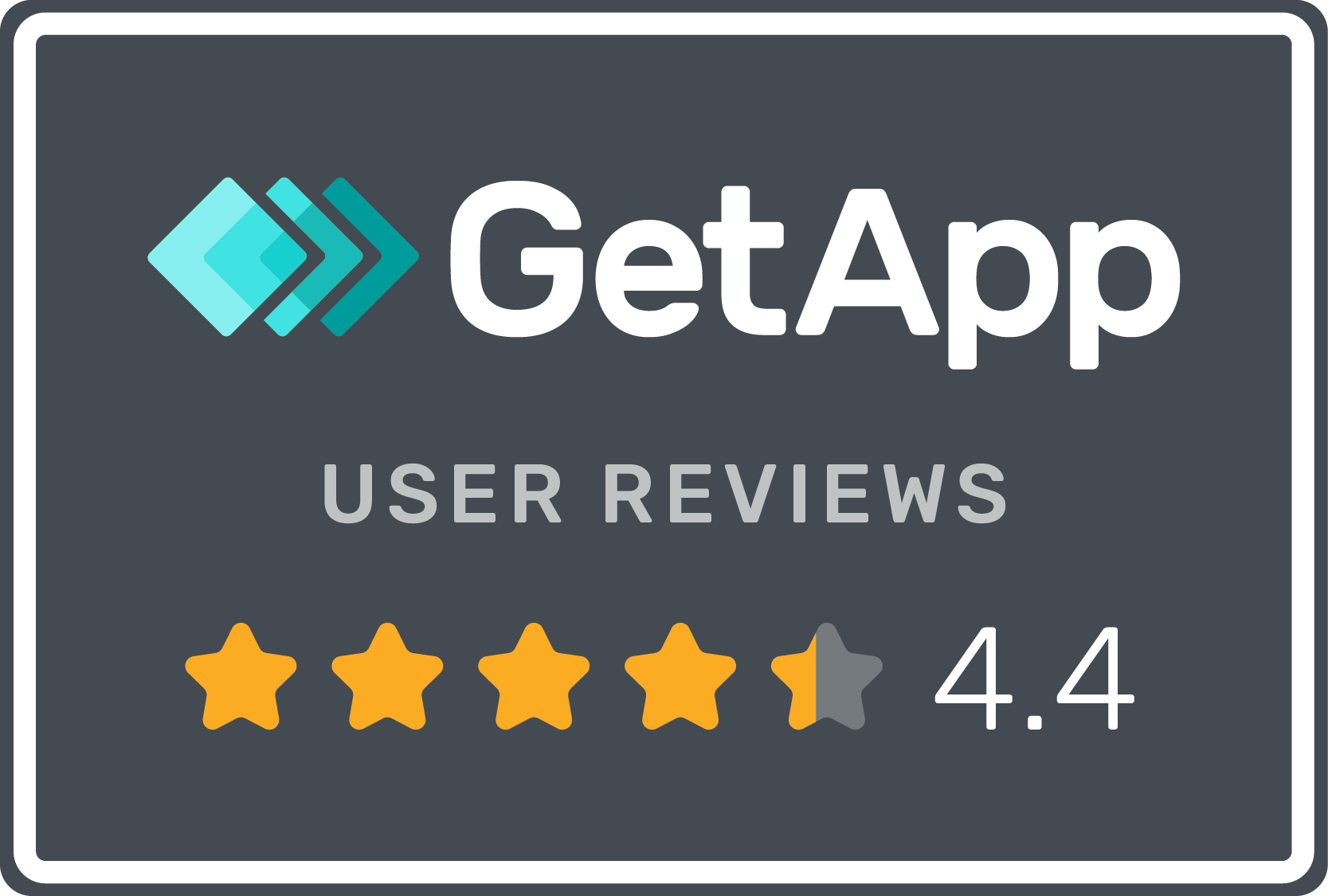We highlight five strategies used by other companies, which collectively demonstrate how to recruit diverse workforces across any industry
In today’s competitive jobs market, candidate selection is more important than ever. Finding the best applicant for a new vacancy involves more than simply placing a hastily-drafted advert on a single online platform.
Instead, it requires a considered approach, appealing to as many people as possible while attempting to bolster diversity among your workforce.
In this article, we consider a diversity recruitment definition and provide five examples of its effective application. But first, let’s consider why diversity recruiting is important to your business, existing employees and potential candidates.
why is diversity recruiting important?
As an employer, you should create a workplace where everyone feels supported and welcome, irrespective of their background or circumstances.
At the same time, you want to attract the best candidates by extending your company’s appeal to the widest possible audience. Knowing how to recruit a diverse workforce is beneficial to all parties, and some companies have wholeheartedly embraced this philosophy to great effect.
all things to all people.
Before developing a diversity recruitment plan or launching diversity recruiting programs, it’s important to recognise that diversity extends across many areas. These are some of the key sociocultural factors:
- A person’s gender and identity
- Their class and social background
- People with disabilities (including hidden disabilities)
- Different religions and cultural backgrounds
- Their nationality and heritage
- Candidates with previous criminal convictions who wish to re-enter the workforce.
Diversity recruitment definitions clearly extend far beyond the historic belief that a diverse recruiter will be predominantly focused on minority ethnicities, or the proportion of female employees.
A focus on recruiting reformed former criminals would identify your firm as a diverse recruiter, as would encouraging applications from foreign nationals.
These are our tips on how to approach this process.
1. avoid exclusive language
This relates to gender language – use of the word ‘he’ when describing a candidate’s background, for instance. However, it’s also helpful to ensure any job description or list of interview questions is studied by a few people of differing backgrounds, to identify any other exclusive language.
For instance, an interview question about further education discriminates against candidates who’ve worked their way up from a teenage internship without gaining more formal qualifications.
Could previous job ads prioritise experience over enthusiasm to learn? If so, our specialist job advertising service can target specific industries and candidate demographics.
2. emphasise diversity in the job description
Any successful diversity recruitment plan template needs to include reference to existing corporate policies. This isn’t about declaring that you already have a diverse workforce, regardless of the extent to which that’s true. It’s about explaining why you judge each applicant on their own merit, and how your organisation supports people from diverse backgrounds.
Mention specific examples such as flexible working arrangements or enhanced maternity/adoption pay, and provide examples of cultural awareness.
3. develop standardised interview questions
Unconscious bias is an issue among interviewers and recruiters, however well-meaning they might be.
Asking interviewees the same questions gives them a level playing field to extol their virtues and emphasise their merits while minimising bias. However, this only works if the previous point has been taken into consideration – ensuring the questions are equally relevant to every candidate. Avoid making assumptions about background or circumstances.
4. promote accessible learning and education schemes
Effective diversity recruiting programs should highlight opportunities for successful candidates to improve themselves within the organisation, irrespective of background or ability.
For example, you can offer support with Open University courses within the first year of being appointed, giving the new employee a springboard to greater knowledge and achievement without expecting them to already have qualifications.
5. don’t simply follow the statistics
While workplace diversity should ideally reflect the general makeup of society, it’s more than a statistical exercise; a goal is not a strategy. The percentage of candidates from different backgrounds varies widely across the UK, and national statistics may not reflect the local population.
Diversity recruiting isn’t about hiring candidates to meet quotas – it’s about developing a recruitment process that allows you to identify the best applicant irrespective of their background or demographics.
long term goals.
Developing a truly diverse workforce is a long-term philosophy rather than something you can do in a hurry. Your ability to attract applicants from diverse backgrounds will be affected by factors including the appeal of working in specific industries and roles and the extent to which your workforce is already diverse.
However, the benefits of increased cultural awareness and more varied skill sets create a virtuous circle that will attract other people to your company.
If you’d like to improve your recruiting strategies, sign up for our free diversity recruitment strategy report or you could join our Sub1000 online community, where we have a discussion group that focuses on this issue.

















